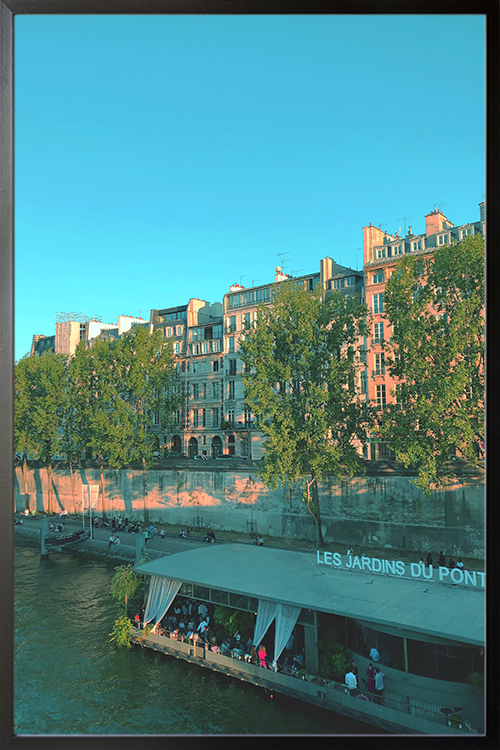
A great view of nature and architecture in a poster. Make your room look spectacular with a magnificent view. This poster will surely make your wall unique and interesting.

A great view of nature and architecture in a poster. Make your room look spectacular with a magnificent view. This poster will surely make your wall unique and interesting.
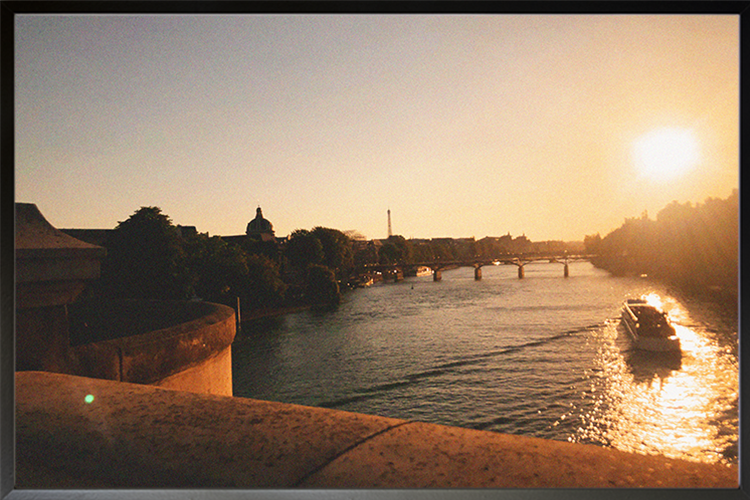
A great view of nature and architecture in a poster. Make your room look spectacular with a magnificent view. This poster will surely make your wall unique and interesting.
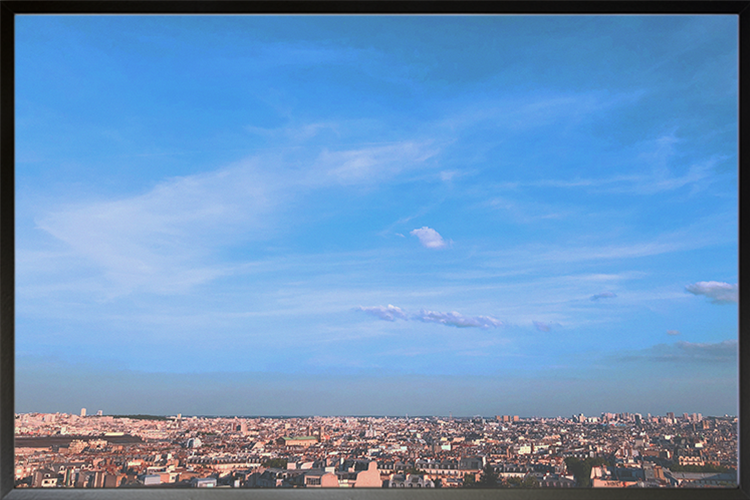
A great view of nature and architecture in a poster. Make your room look spectacular with a magnificent view. This poster will surely make your wall unique and interesting.
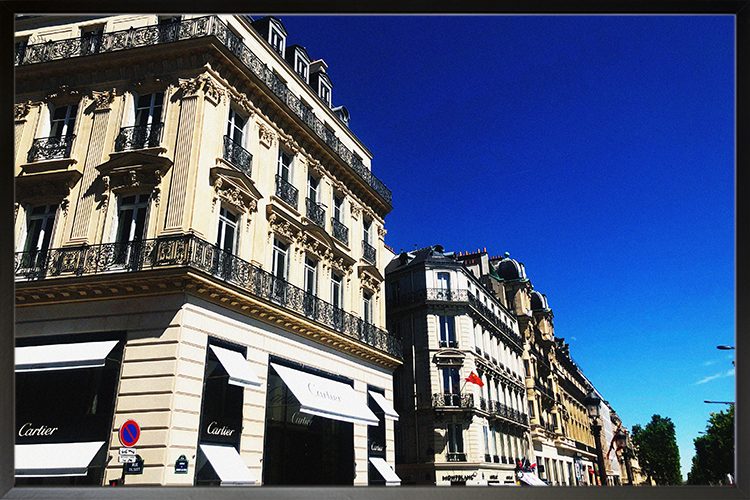
Magnificent architecture on a poster that will instantly add life to your space. This is a wonderful art that will surely look wonderful in any room. Get it now and make your walls look interesting.
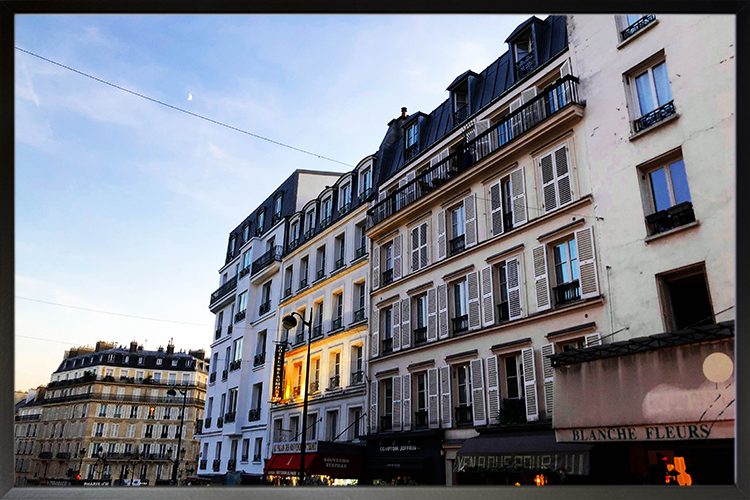
Magnificent architecture on a poster that will instantly add life to your space. This is a wonderful art that will surely look wonderful in any room. Get it now and make your walls look interesting.
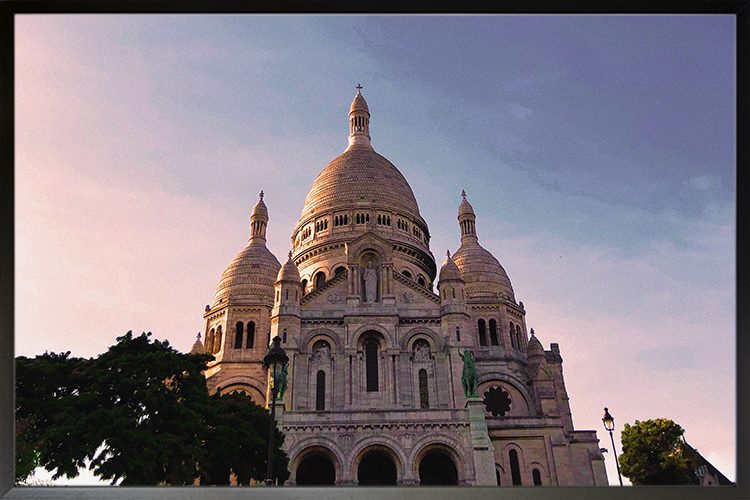
Magnificent architecture on a poster that will instantly add life to your space. This is a wonderful art that will surely look wonderful in any room. Get it now and make your walls look interesting.
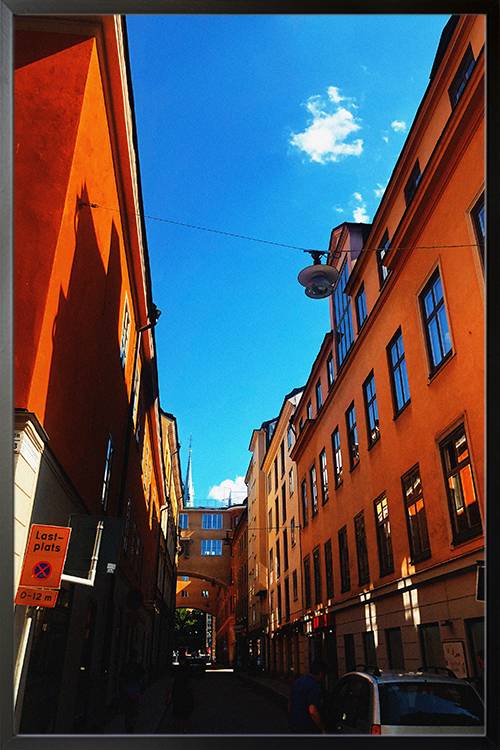
Magnificent architecture on a poster that will instantly add life to your space. This is a wonderful art that will surely look wonderful in any room. Get it now and make your walls look interesting.
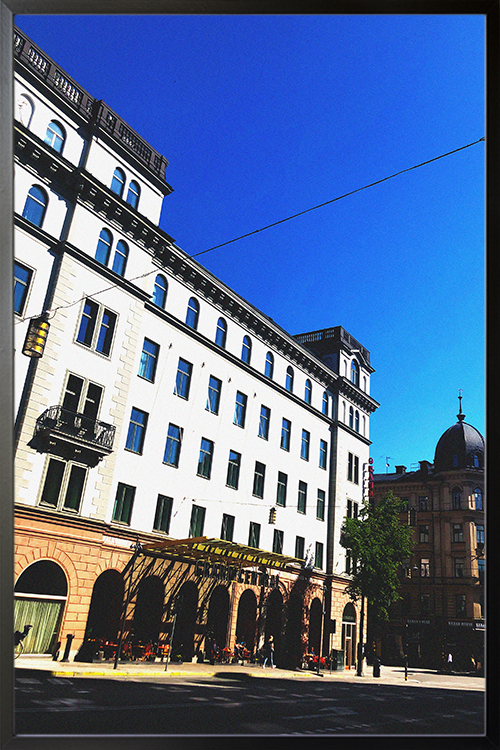
Magnificent architecture on a poster that will instantly add life to your space. This is a wonderful art that will surely look wonderful in any room. Get it now and make your walls look interesting.
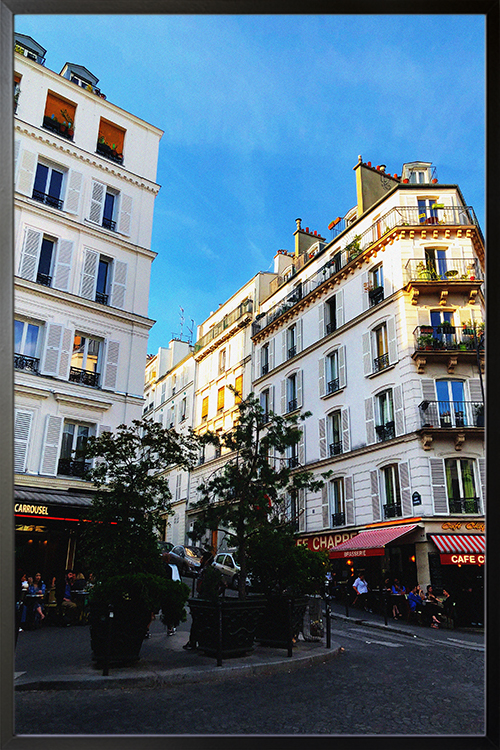
Magnificent architecture on a poster that will instantly add life to your space. This is a wonderful art that will surely look wonderful in any room. Get it now and make your walls look interesting.
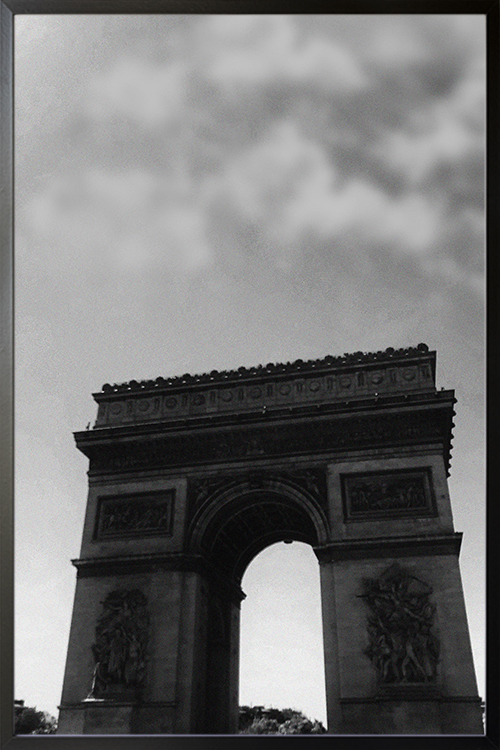
Magnificent architecture on a poster that will instantly add life to your space. This is a wonderful art that will surely look wonderful in any room. Get it now and make your walls look interesting.